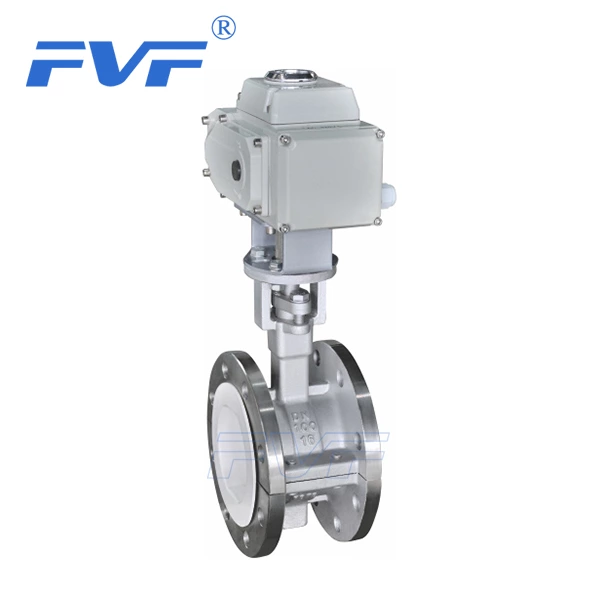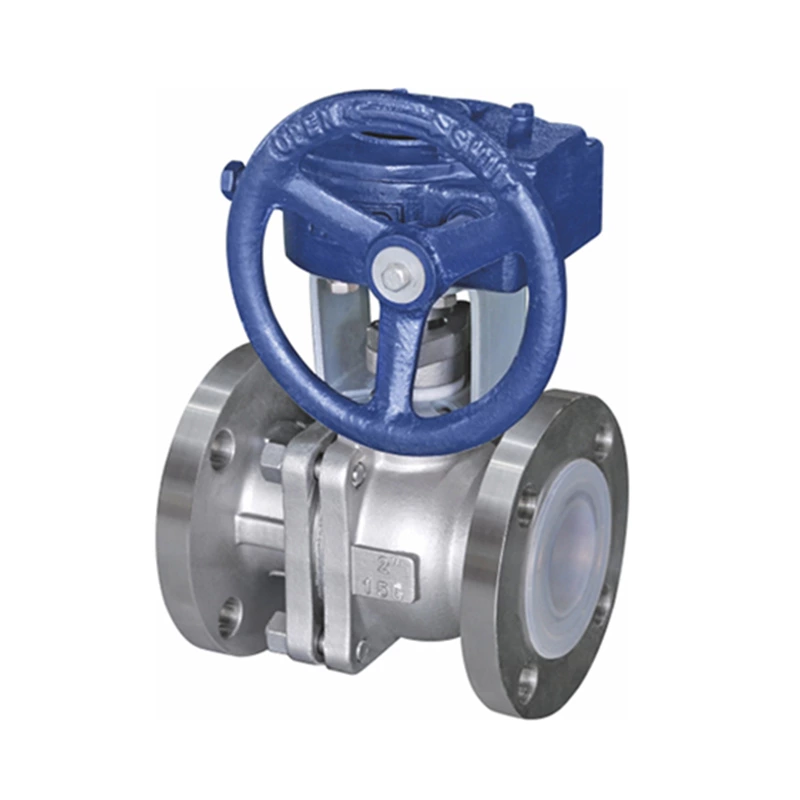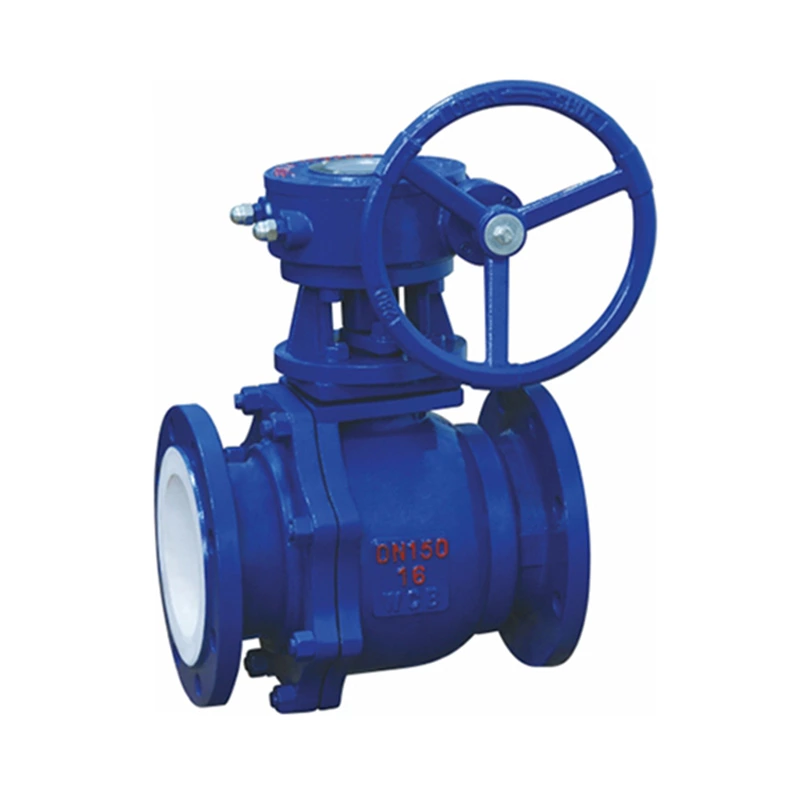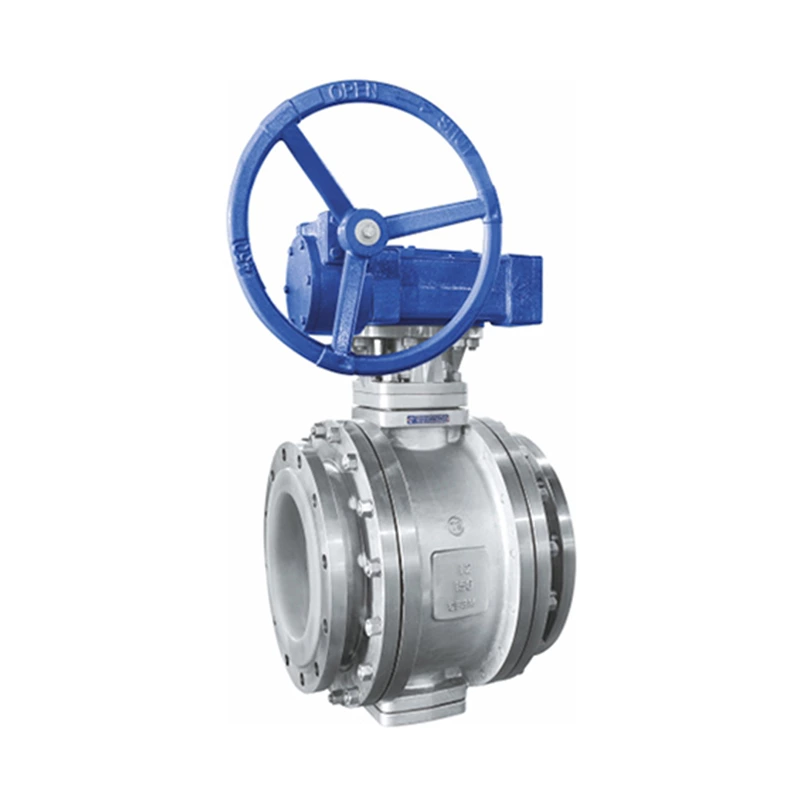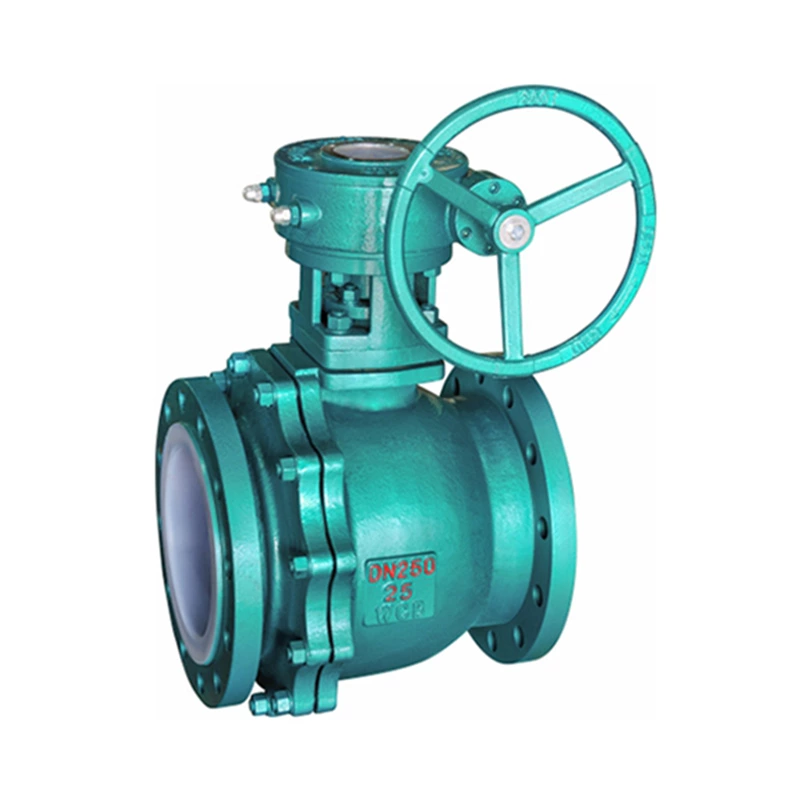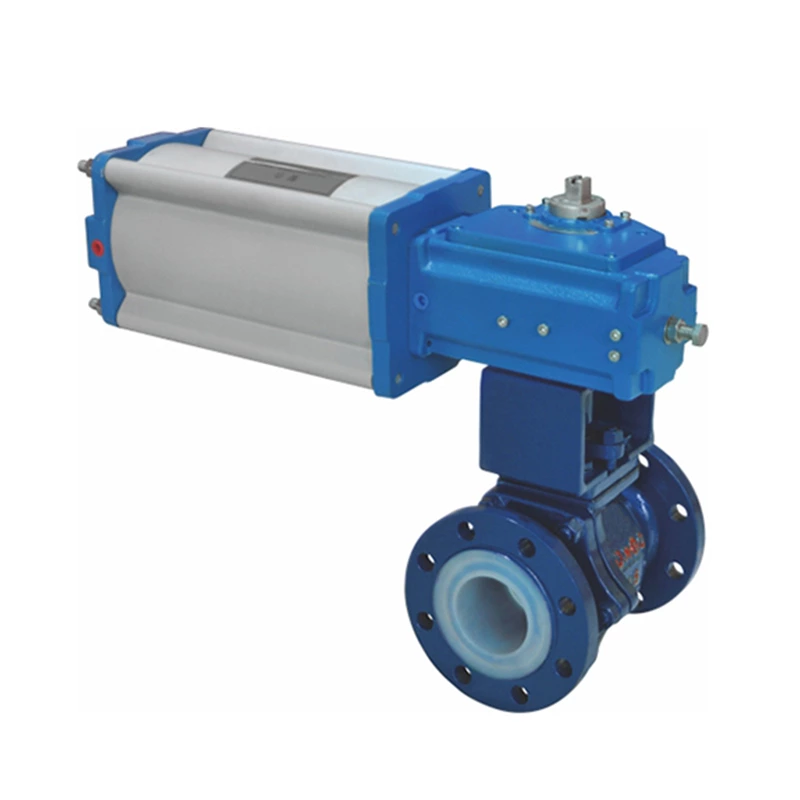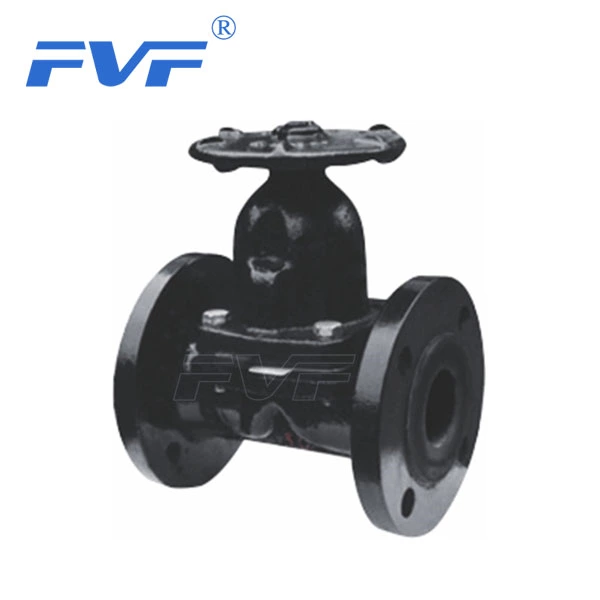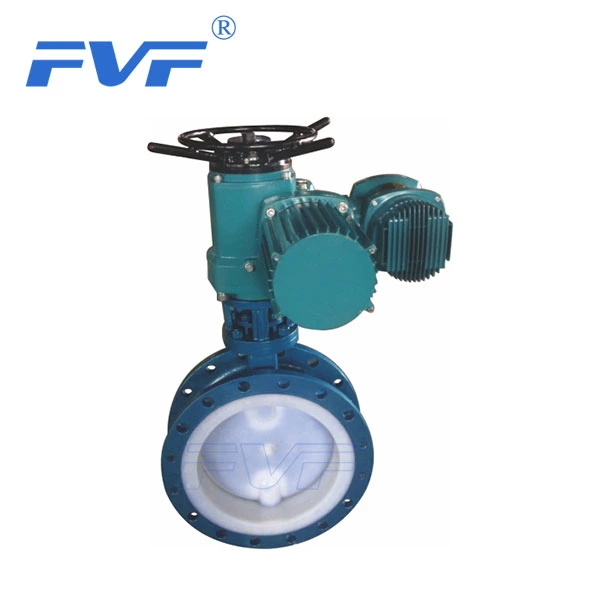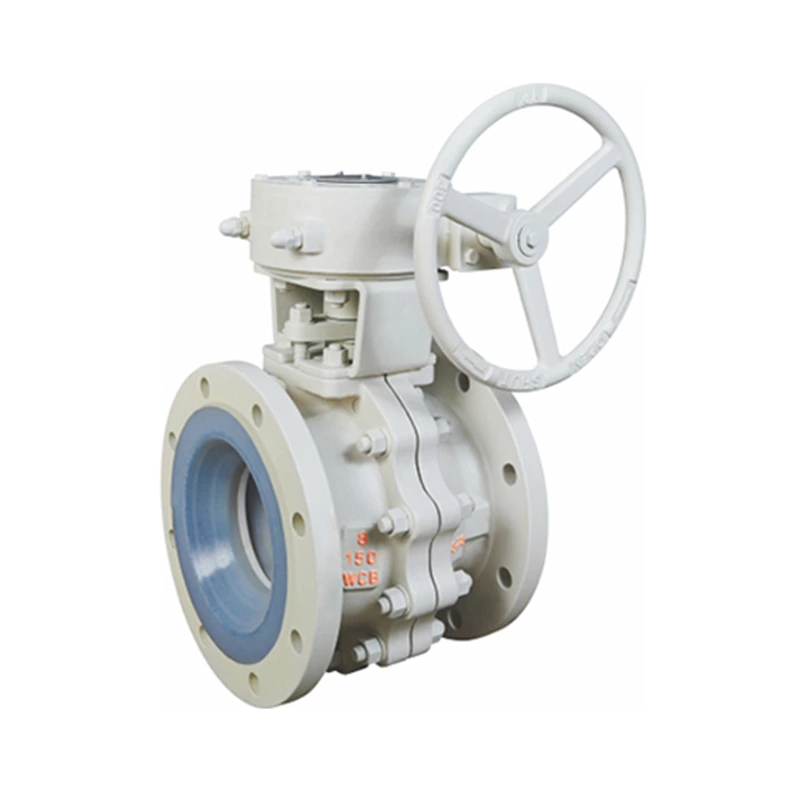Instructions For Use Of Fluorine-lined Butterfly Valves And Special Problem Handling
1. Since the multi-layer soft and hard stacked sealing ring is fixed on the valve plate, when the valve plate is in the normally open state, the medium forms a positive scouring on its sealing surface. After the soft sealing belt in the metal sheet interlayer is scour, it directly affects the sealing performance.
2. Due to the limitation of structural conditions, this structure is not suitable for valves with a diameter below DN200, because the overall structure of the valve plate is too thick and the flow resistance is large.
3. According to the principle of Lined Butterfly Valve, the seal between the sealing surface of the valve plate and the valve seat is pressed against the valve seat by the torque of the transmission device. In the positive flow state, the higher the medium pressure of the pipe clamp valve, fluorine-lined valve, and exhaust valve, the tighter the seal is squeezed. When the flow channel medium flows back and the unit positive pressure between the valve plate and the valve seat is less than the medium pressure as the medium pressure increases, the seal begins to leak.
4. High-performance fluorine-lined butterfly valve, characterized in that: the valve seat sealing ring is composed of multiple layers of stainless steel sheets on both sides of the soft T-shaped sealing ring.
The sealing surface of the valve plate and the valve seat is an oblique cone structure, and the oblique cone surface of the valve plate is welded with heat-resistant and corrosion-resistant alloy materials; the spring fixed between the adjusting ring pressure plate and the adjusting bolt on the pressure plate are assembled together. This structure effectively compensates for the tolerance band between the shaft sleeve and the valve body and the elastic deformation of the valve stem under the medium pressure, and solves the sealing problem of the valve in the process of two-way interchangeable medium transportation.
The sealing ring is composed of soft T-shaped multi-layer stainless steel sheets on both sides, which has the dual advantages of metal hard sealing and soft sealing, and has zero leakage sealing performance regardless of low temperature and high temperature. The test shows that in the positive flow state of the pool (the flow direction of the medium is the same as the rotation direction of the butterfly plate), the pressure on the sealing surface is generated by the torque of the transmission device and the effect of the medium pressure on the valve plate. When the positive medium pressure increases, the tighter the oblique cone surface of the valve plate and the sealing surface of the valve seat are squeezed, the better the sealing effect.
When in the countercurrent state, the seal between the valve plate and the valve seat is pressed against the valve seat by the torque of the driving device. As the reverse medium pressure increases, when the unit positive pressure between the valve plate and the valve seat is less than the medium pressure, the deformation energy stored in the spring of the adjustment ring of the colloid mill emulsifier filter after being loaded can compensate for the tight pressure of the valve plate and the valve seat sealing surface and play an automatic compensation role.
Therefore, unlike the existing technology, the utility model does not install a soft and hard multi-layer sealing ring on the valve plate, but directly installs it on the valve body. Adding an adjustment ring between the pressure plate and the valve seat is a very ideal two-way hard sealing method.
